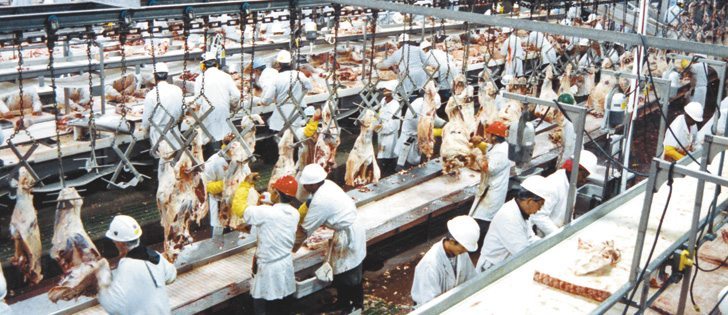LONDON, U.K. (Reuters) – The International Grains Council has raised its estimate for world wheat production in 2009-10 to 666 million tonnes, up from a previous forecast of 662 million.
However, the crop remains below the record 687 million tonnes produced in 2008-09.
“Better-than-expected yields lift crop estimates for the EU, Russia, Ukraine, Uruguay and Algeria,” the council said in a monthly report.
It raised its forecast for Russia’s wheat crop to 60 million tonnes from a previous projection of 58 million, while Ukraine’s forecast was increased to 20 million tonnes from 19 million.
Read Also

European wheat production makes big recovery
EU crop prospects are vastly improved, which could mean fewer canola and durum imports from Canada.
However, Argentina’s wheat crop was cut to 7.8 million tonnes from a previous forecast of 8.5 million.
“With rainfall continuing to be inadequate, the production forecast for Argentina is reduced, but Australia’s remains unchanged (at 22.5 million) after beneficial rains.”
The council also cut its forecast for world corn output in 2009-10 to 785 million tonnes, down from a previous projection of 787 million and the previous season’s 790 million.
“Despite recent rains, dry conditions dimmed crop prospects in China and also in Argentina, where planted areas are likely to be considerably reduced,” the council said.
China’s corn crop was cut to 157 million tonnes from a previous forecast of 160 million and now well below the previous season’s 165.9 million.
The council also reduced its forecast for Argentina to 14 million from 16 million, although it remained slightly up from 13.2 million in 2008-09.
Corn production estimates in the United States were increased to 322 million tonnes from a previous estimate of 318 million and last season’s 307.4 million.
“After favourable September weather, U.S. yields are expected to be high and its crop is now projected to be 15 million (tonnes) more than last year.”
The council said seeding of 2010 winter wheat was progressing well in most northern hemisphere countries.
“While areas may increase in some, including India, the steep reduction in market prices from year-ago levels is expected to lead to reduced plantings in the U.S.,” the report said.















